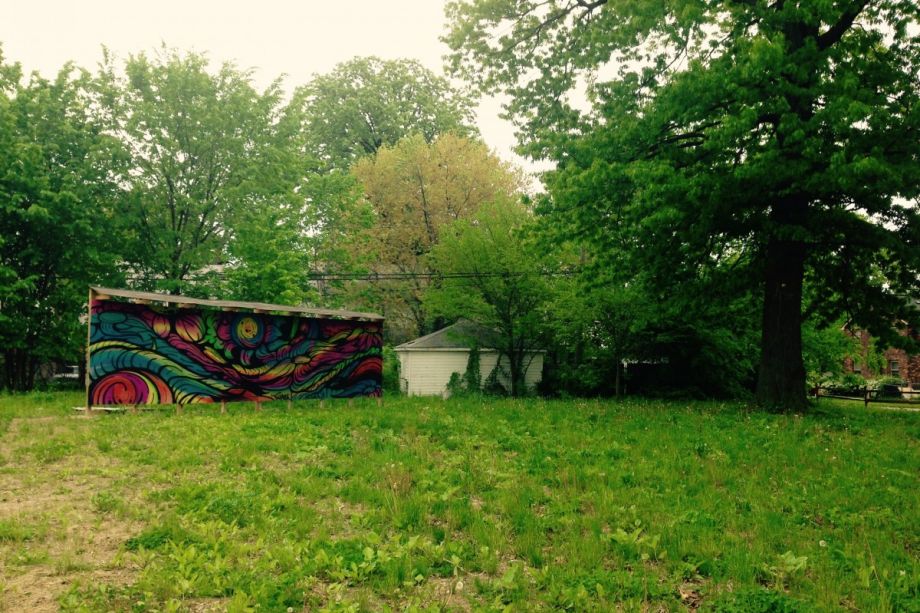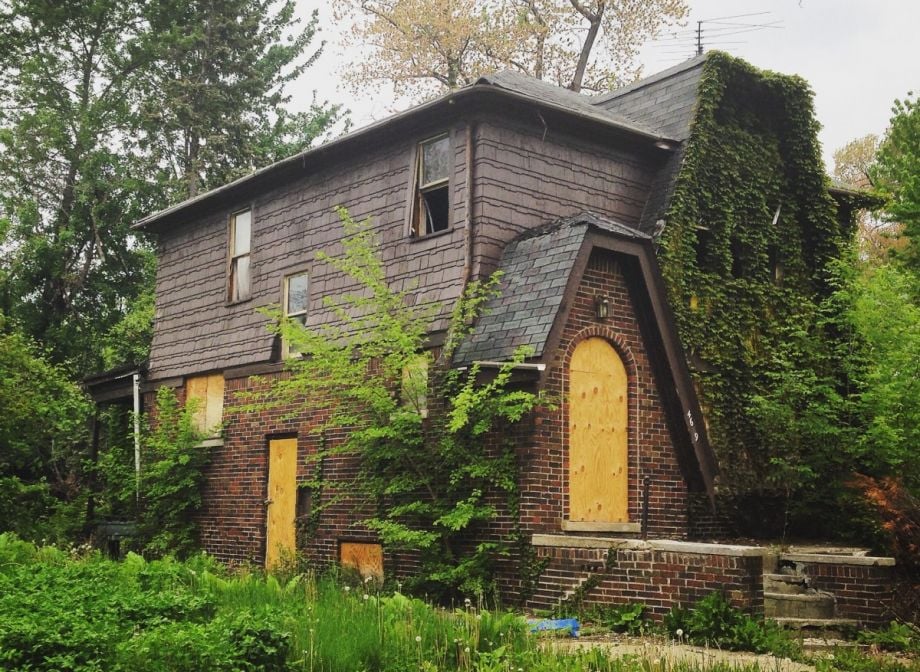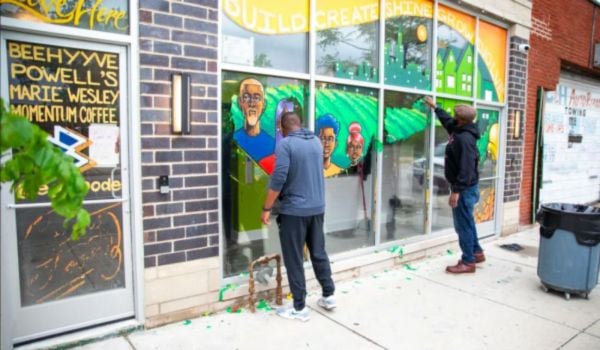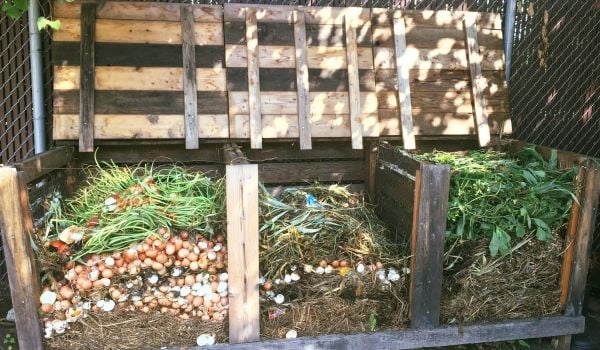Call it a tale of two neighborhoods. On the far east side of Detroit, adjacent East English Village and MorningSide once marked the far point of the famed ribbon farms that stretched to the edge of the Detroit River and Lake St. Clair. Around the turn of the century, Detroit’s borders began to expand and new roadways made downtown only a quick car ride away. By the 1920s the neighborhoods were studded with tidy brick homes from bungalows and Cape Cods to a few Art Moderne surprises. In a development boom that stretched into the 1930s, owners rather than developers hired builders and architects to bring unique design, house by house, to the tree-lined streets.
What emerged were two of the most appealing communities in the city, each led by active neighborhood associations and diverse, engaged residents. But in the last 10 or 15 years, the communities diverged.
East English Village weathered the worst of the national housing crisis and recession, as well as Detroit’s extraordinary financial difficulties, battered but intact. MorningSide was harder hit. While it is still home to a lively community, it tipped over the brink and vacancies spread, bringing with it a spiraling set of problems.
Yesterday, as part of Center for Community Progress’ Reclaiming Vacant Properties conference in Detroit this week, staff of the Detroit Land Bank Authority a tour through both neighborhoods, inviting guests to walk through homes and talk with new and longtime residents. Conversation during the “mobile workshop” focused on preservation and restoration. How can the land bank target its efforts to help East English Village, a neighborhood still at a tipping point, retain its treasured stability and character? As a quick look down the road makes apparent, it doesn’t take long for problems to take root. Also, how can the land bank support the residents of MorningSide so that the community regains its strength?
Among the tactics: “judicious demolition.” Carrie Lewand-Monroe, senior adviser at the land bank, broke the news that the organization is reducing its estimate for the number of recommended demolitions in the city from the 80,000 cited in the 2014 Detroit Blight Removal Task Force Report to 40,000. More homes are rehabitable than previously thought. As Craig Fahle, the land bank’s communications director put it, while many homes are in poor shape, their original construction has proved solid enough to survive lack of maintenance, exposure and even, in some cases, fire. Homes purchased through the land bank typically require a great deal of work, and the land bank has strict requirements and timelines to ensure that it gets done, but the result is often a gorgeous historic home that costs far less than what, at a glance, it may appear to be worth.

Many vacant lots have been turned into pocket parks, like this one, which is dedicated to mothers. A graphic artist painted the colorful wall. (Photo by Anna Clark)
That said, demolition is sometimes necessary for houses that are beyond hope. MorningSide in particular has seen a number of wrecking balls, with more to come. To ensure that they are not left as vacant lots or dumping grounds, however, the land bank is working with community members on programs like side-lot purchasing. In some cases, then, the lots become a luxuriously large yard for a local resident. The MorningSide neighborhood association is also working to develop pocket parks in the newly open land. One is dedicated to mothers, with an expansive colorfully painted wall. The neighborhood association obtains small community grants of $1,000 or $2,500 to cover the cost of, for example, paint, or a new wooden fence, or patio seating that makes the new park a gathering place. Another pocket park in the works will be designated for kids. Fahle also said that a program will roll out this summer where lots can be leased for $25 per year for up to three years. The only requirement is that the person with the lease has the approval of a block club for what they want to do with the lot.
“We’re trying to make land available to citizens,” Fahle said. “For too long, it’s been locked up.”
Regina Royan of the city’s Department of Health and Wellness Protection, said that demolition best practices are improving. Now, demolition crews are expected to leave the lots on an even grade with a layer of topsoil and seeding upon it. New mixtures of soil are being considered for their ability to retain stormwater. Lewand-Monroe added that the team uses a “wet-wet” demolition process: wetting down the property before demolishing it, and then wetting down the ground after the work is complete. This, along with physical barriers, suppresses dust and the spread of environmental hazards. Community members are actively watching to make sure all this actually happens, according to Jackie Grant of the MorningSide neighborhood association, and even schoolchildren are taking note of what company names are on the trucks. Non-compliant activity is reported to a hotline staffed by the Detroit Building Authority. Grant sounded amazed that over the last year or so, she’s found it possible to reach a live person when she makes a call. “And they actually get back to you,” she added.
To keep additional homes from falling into a derelict state, the land bank’s nuisance abatement program gives it the power to take legal action against the owners of vacant properties (never occupied properties). This pushes the owner into entering consent agreements with the land bank to rehabilitate their property, and stem the spread of blight throughout the neighborhood.
Most significantly, the land bank is coordinating efforts to put people into MorningSide and East English Village’s empty houses. It leads neighborhood home tours that are drawing hundreds of possible buyers — 1,050 came to the first one last year, and at the most recent one last weekend, 800 came through, according to Fahle. The land bank clears the title of the homes and cleans them up before offering them at auction at a starting bid of $1,000. Purchasers are aided in receiving financing through partnerships with banks. And rather than subject the community to the whims of unserious or unscrupulous purchasers, it works closely with the new homeowners to ensure that progress is made on swiftly bringing their houses up to code and neighborhood standards. A staff architect checks in on how they are doing. The new owner has six months to complete work and have the home occupied, starting from the close of the sale.
“We talk about property rights, and that’s important,” Fahle said. “But there’s also responsibility that comes with property ownership.”
This post is part of a 10-part series underwritten by the Center for Community Progress. Read all posts in the series here.

Anna Clark is a journalist in Detroit. Her writing has appeared in Elle Magazine, the New York Times, Politico, the Columbia Journalism Review, Next City and other publications. Anna edited A Detroit Anthology, a Michigan Notable Book. She has been a Fulbright fellow in Nairobi, Kenya and a Knight-Wallace journalism fellow at the University of Michigan. She is also the author of THE POISONED CITY: Flint’s Water and the American Urban Tragedy, published by Metropolitan Books in 2018.
Follow Anna .(JavaScript must be enabled to view this email address)




_600_350_80_s_c1.JPEG)











